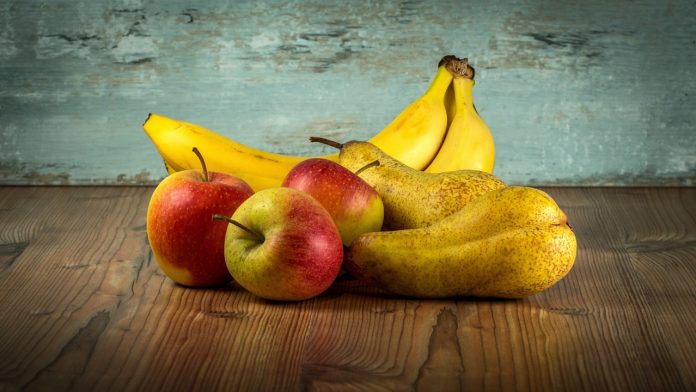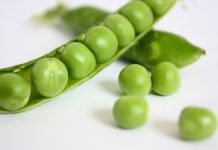
Everything I read says that children do not need salt or sugar. I made all my own baby food, but now I am confused by some nutrition information on labels. How much sodium or sugar is too much? The labels give milligrams or grams and I don’t know what it means.
I’m a mother with two young children, ages one and three. Since they were born, I have been more interested in eating the right foods.
Children do not need added salt or added sugar in their food. There is enough sodium and sugar in uncooked food for anyone, unless they are vomiting, have diarrhea or a fever.
One-fourth teaspoon of salt contains 533 milligrams of sodium. Children one to eighteen years of age need a minimum of 225 to 500 milligrams of sodium according to the 1989 Estimated Minimum Requirements. These amounts can be met by feeding children food cooked without added salt. The average adult needs only 2,400 milligrams of sodium or less per day. When reading a label for sodium content, limit your food purchases to foods containing less than 400 milligrams per serving.
With sugar, you will probably only find this value on dry cereals, canned fruit or dietetic foods as sucrose. One teaspoon of sugar contains four grams of sucrose. Choose cold cereals that have four grams of sucrose or less. If the cold cereal has fruit in it, like raisins or apples, allow up to eight or nine grams of sucrose per serving. Also, when your children eat cereal, don’t put sugar on for them. In a recent survey, I did in a local grocery store, the sugar-coated cereals contained between 10 and 16 grams of sucrose which translates into two and one-half to four teaspoons of sugar per serving.
Canned fruit in fruit juice (15 grams of carbohydrate in one-half cup) is much lower than fruit canned in heavy syrup (28 grams of carbohydrate in one-half cup). The same amount of fresh fruit would contain 15 grams of carbohydrate. Calorie wise, the difference between the carbohydrate in juice pack and heavy syrup packed canned fruit is two and one-half teaspoons of sugar per one-half cup of fruit.
Don’t mix combinations of food for infants until the infant has tried the food alone. For instance, try feeding peaches or pears before feeding fruit cocktail to your infant.
You can make your own baby food from plain foods that you cook for the rest of your family. Any fruit, vegetable, refined starch or meat are fine for infants over nine months of age and children. The consistency of an infant’s food should match what he/she can handle. Usually, the presence of teeth will indicate whether an infant needs pureed or ground foods. Homemade baby food can be refrigerated for 24 hours or frozen for up to 30 days. You can make the baby food into frozen cubes or you can drop one large tablespoon-full on a cookie sheet. Place the cookie sheet in the freezer until the baby food is frozen. Then you can remove the frozen drops of baby food and store them in a plastic freezer bag. Remember to label the baby food with what food it is and the date.



